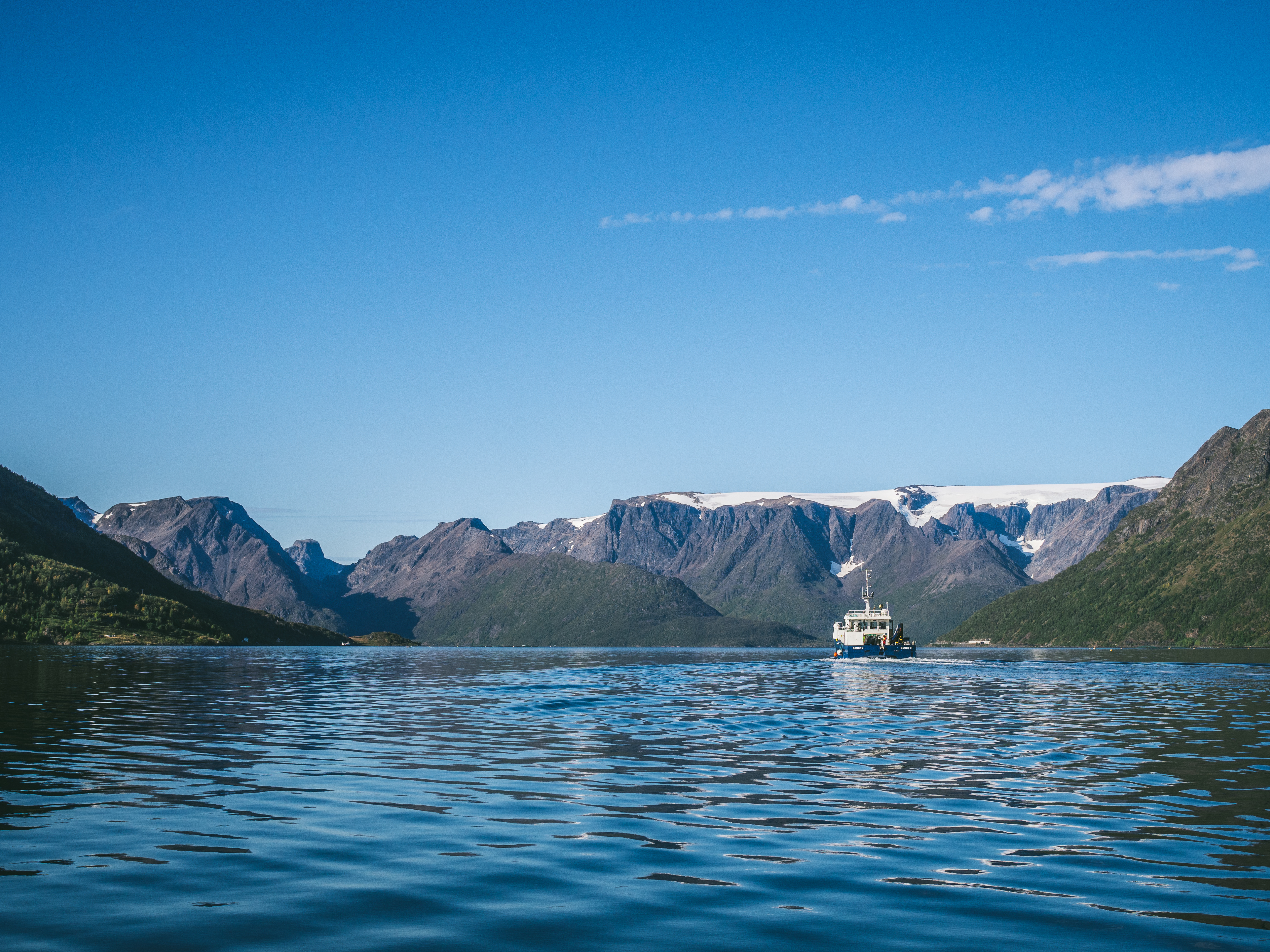
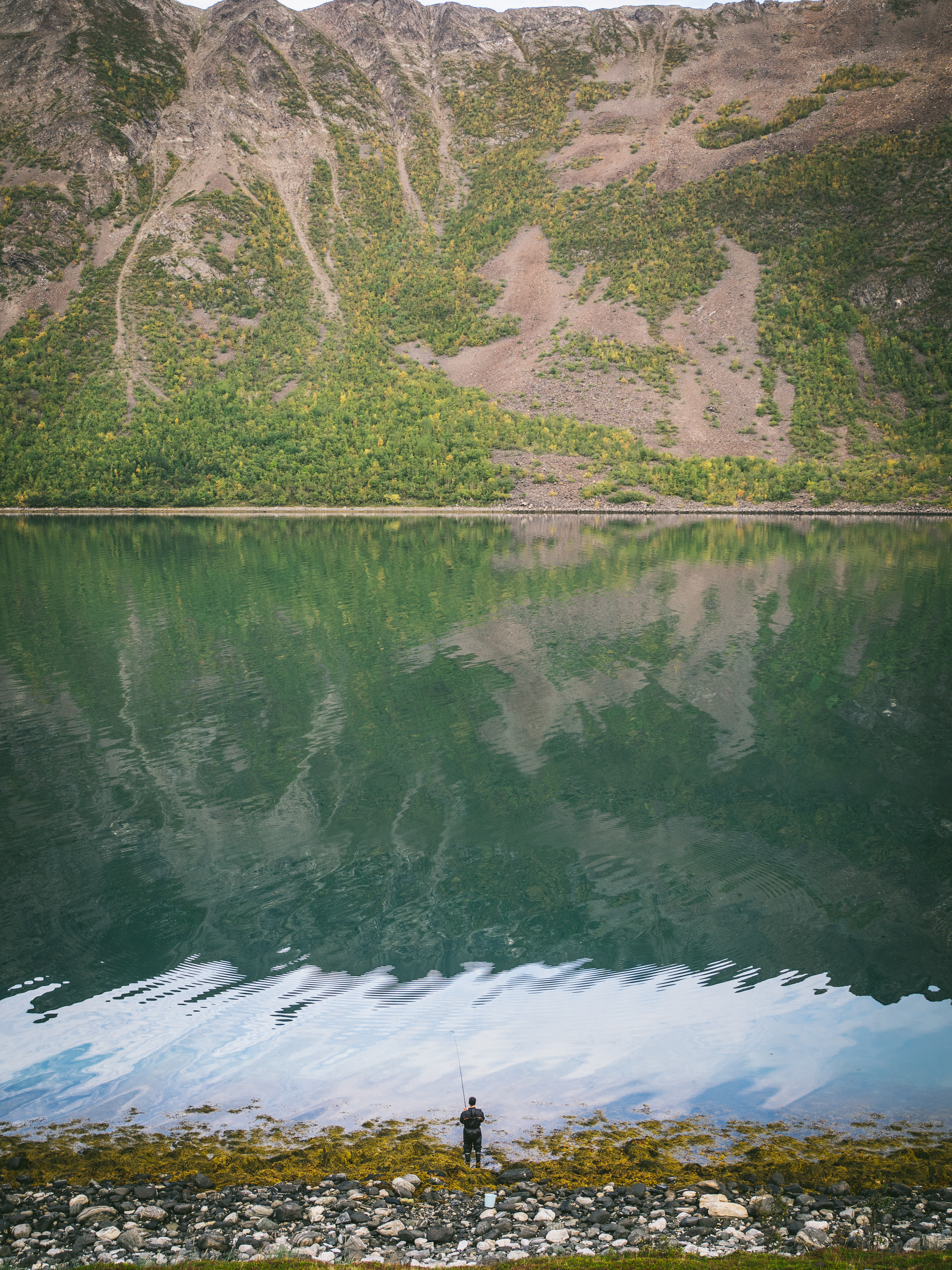

This post is sponsored by Seafood From Norway.
I joined a press tour with the Norwegian Seafood Council to learn more about seafood and sustainability. While this article is sponsored by them, everything is completely of my own opinion and reflects my thoughts about the country I love so dearly. I’m grateful to the Norwegian Seafood Council for the opportunity to meet local producers, chefs, suppliers, researchers, and teams who all play a vital role in maintaining, protecting, and celebrating the surrounding nature.
The crisp and cold waters are teeming with life. Life that is rich and vibrant, beautiful and interesting, and an important resource for Norway. A resource that is acknowledged with respect, because the gift of the sea is sustenance. It is an important food source and one that must be protected and appreciated; a balance of a delicate ecosystem that’s beautiful and wonderous.
I traveled to the north of Norway to Alta and Tromsø with a group of chefs, dieticians and foodies, to explore the ways that Norwegians are utilizing and protecting the seas that play and have played one of the most important roles in the country. The waters are vital to Norway. They shape the land, they provide food, they act as route for travel, they are an economic source and provide jobs. For so many, they depend upon the waters and, because of this, the waters in turn depend upon them for preservation.
This interrelation has resulted in Norway having a distinct relationship with and a deep respect for its waters and what lies beneath. Whether traditional or commercial fishing, you’ll find this evident throughout the landscape. I found it somewhat serendipitous that as we pulled to the side of the road to get out and take in the sights, beneath us a lone fisherman had cast his line into the fjord waters.

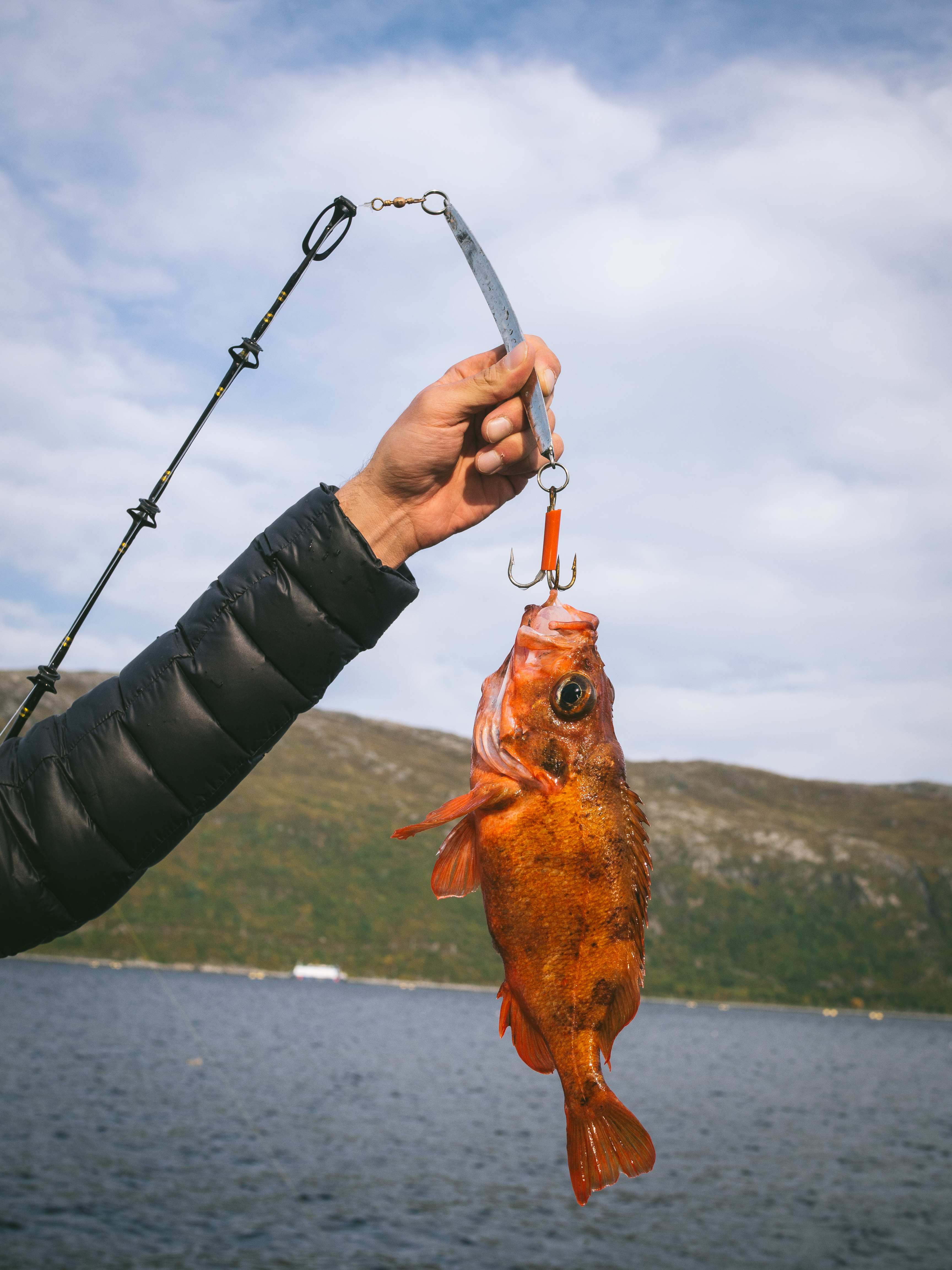
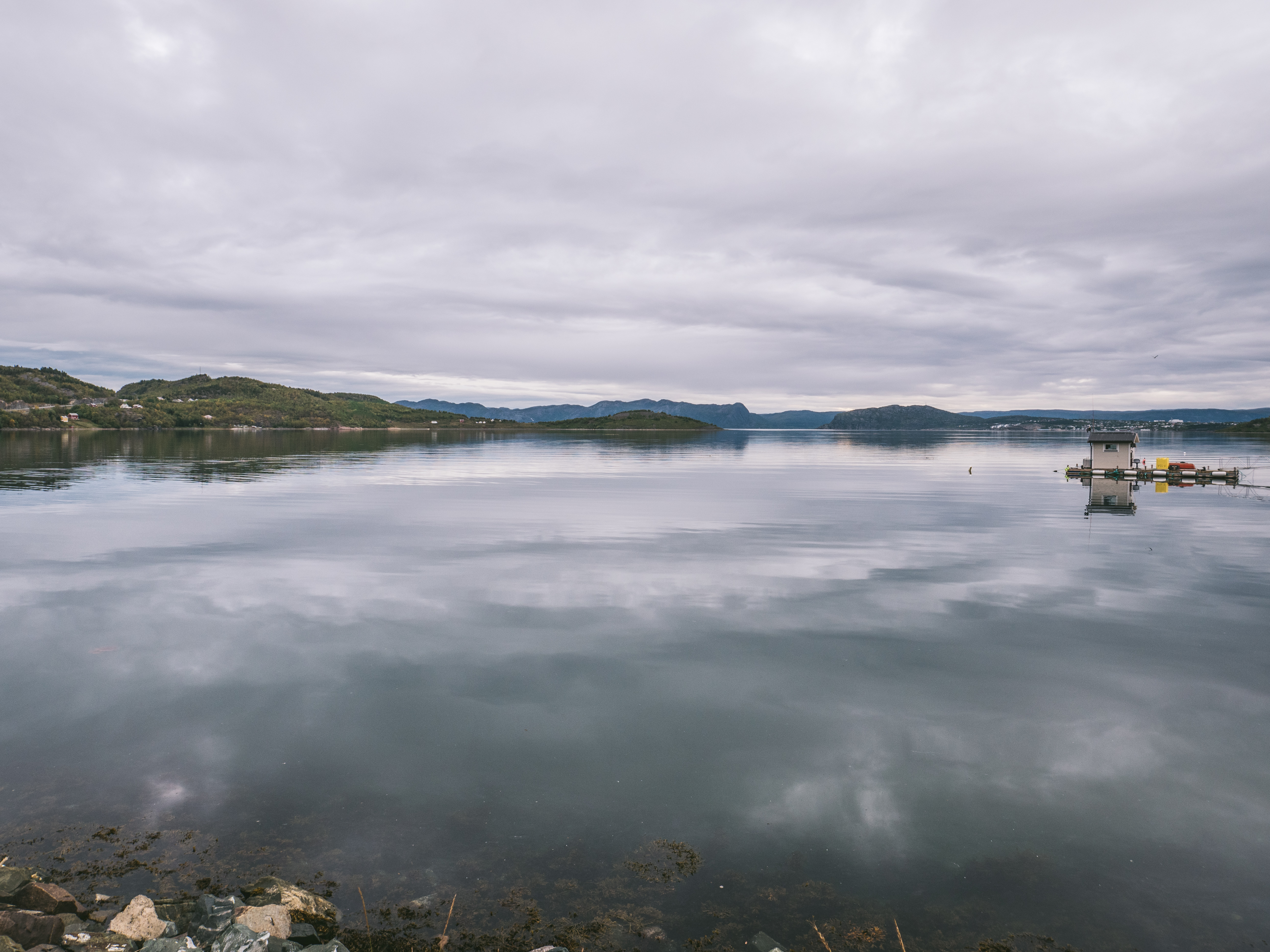
To understand the seafood culture in Norway today is to look at it from all angles. During our visit, we took to the open sea to do a little fishing and see what we could catch, but we also had the opportunity to visit fish farms and learn of aquaculture practices in Norway. While this is often a dividing subject, I was appreciative to be able to see firsthand the steps taken throughout the entire process and to be encouraged to ask the hard questions.
The fisheries and organizations in Norway have ensured everything they do is transparent and accessible to the public – BarentsWatch is a great resource for this. They also work closely with researchers, veterinarians, and scientists – many of whom we met and discussed with – to innovate practices, meet strict requirements, ensure a high quality of life for the fish, and look toward a sustainable future with the ever-growing issues of population growth and changes in the climate. It would appear that if anyone is leading the maintenance and protection of the waters in such an open way, it’s Norway.
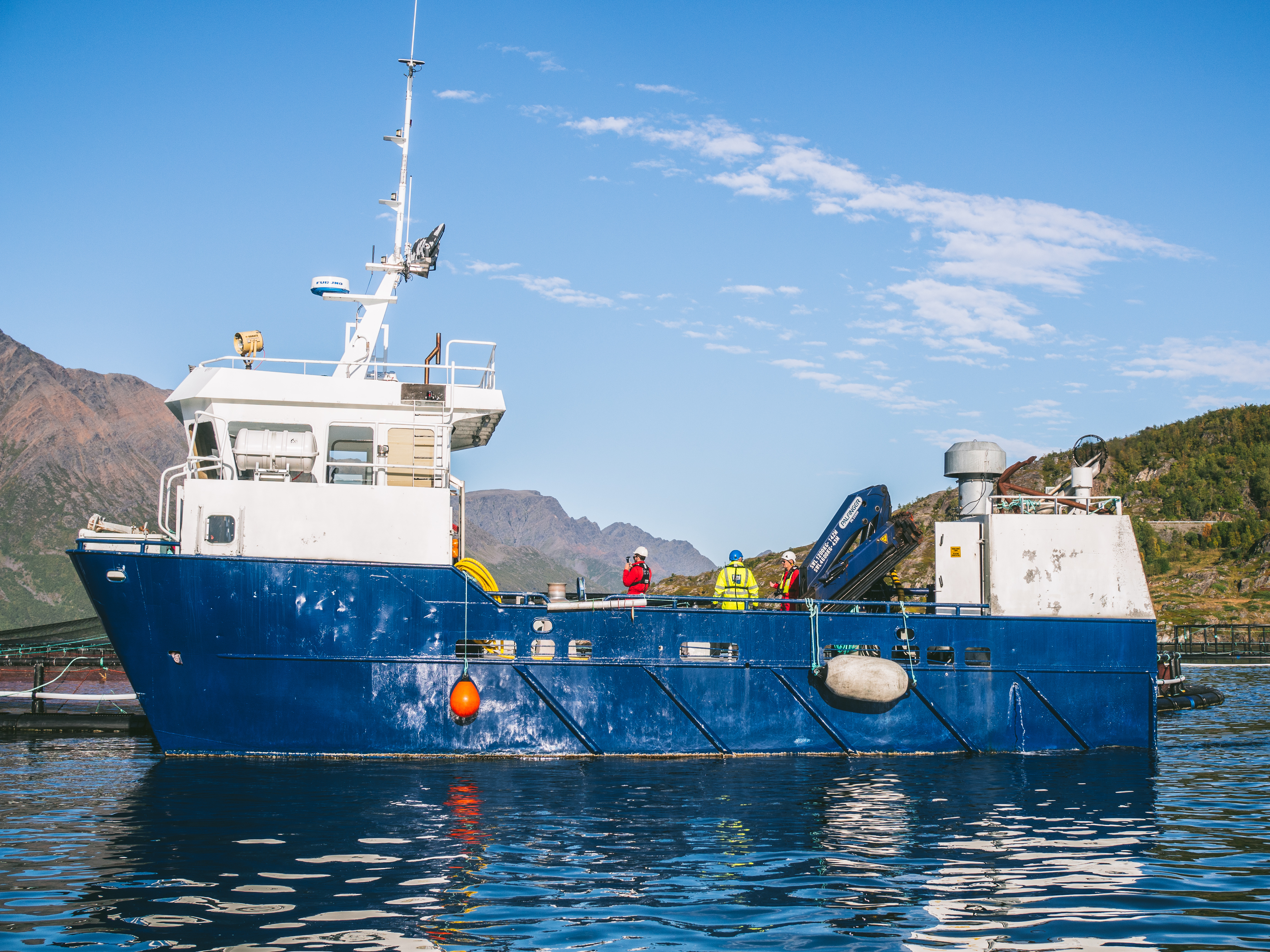


Seafood is such an important part of a healthy diet. Norway’s emphasis on interacting with nature in a sustainable and nurturing way has resulted in the incredible preservation of fish and seafood in their natural environment. This, in turn, provides products that are arguably the best in the world. When you hear stories from local producers, chefs, fisherman and divers, you begin to fully comprehend how deeply connected Norwegian culture is to its natural bounty. And when you taste those ingredients, you appreciate that connection even more.
What begins as life in the waters becomes sustenance for those on land. The chefs and cooks we visited were exemplary in highlighting the freshness and flavor of each ingredient. What makes Norwegian seafood special is the high quality, the cold waters, and the sustainable approach. This focus is nothing short of inspiring. Imagine the buttery rich salmon, the sweet and tender king crab, the hearty cod, the salty roe, the oily mackerel, the flaky haddock, the juicy halibut, the sweet and salty prawns, and the ancient clams. All enriched with local flavors to draw you into the landscape with a greater appreciation for where the food comes from. Each dish is nothing more than a celebration of nature and an acknowledgement that each ingredient is a gift.
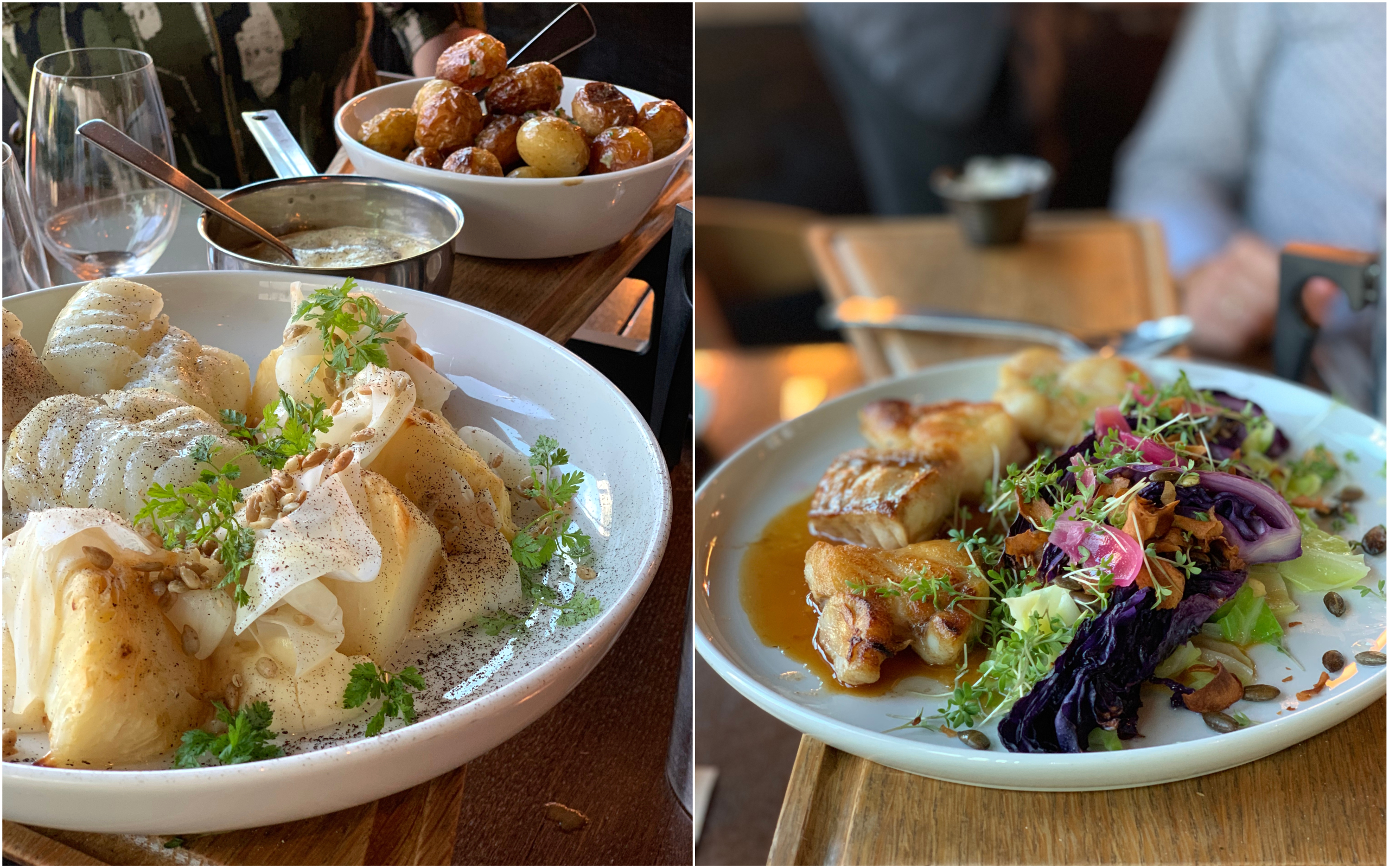
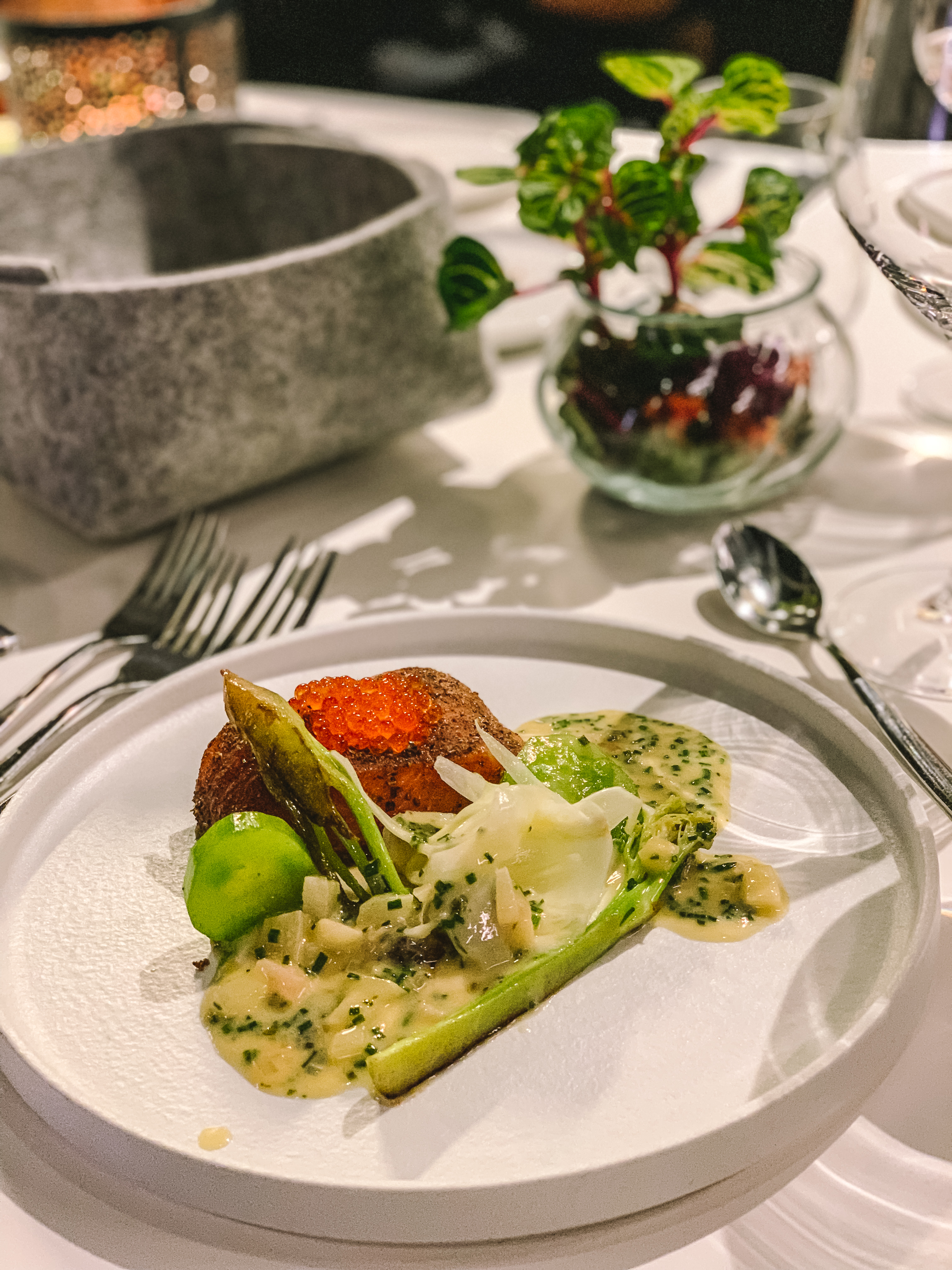
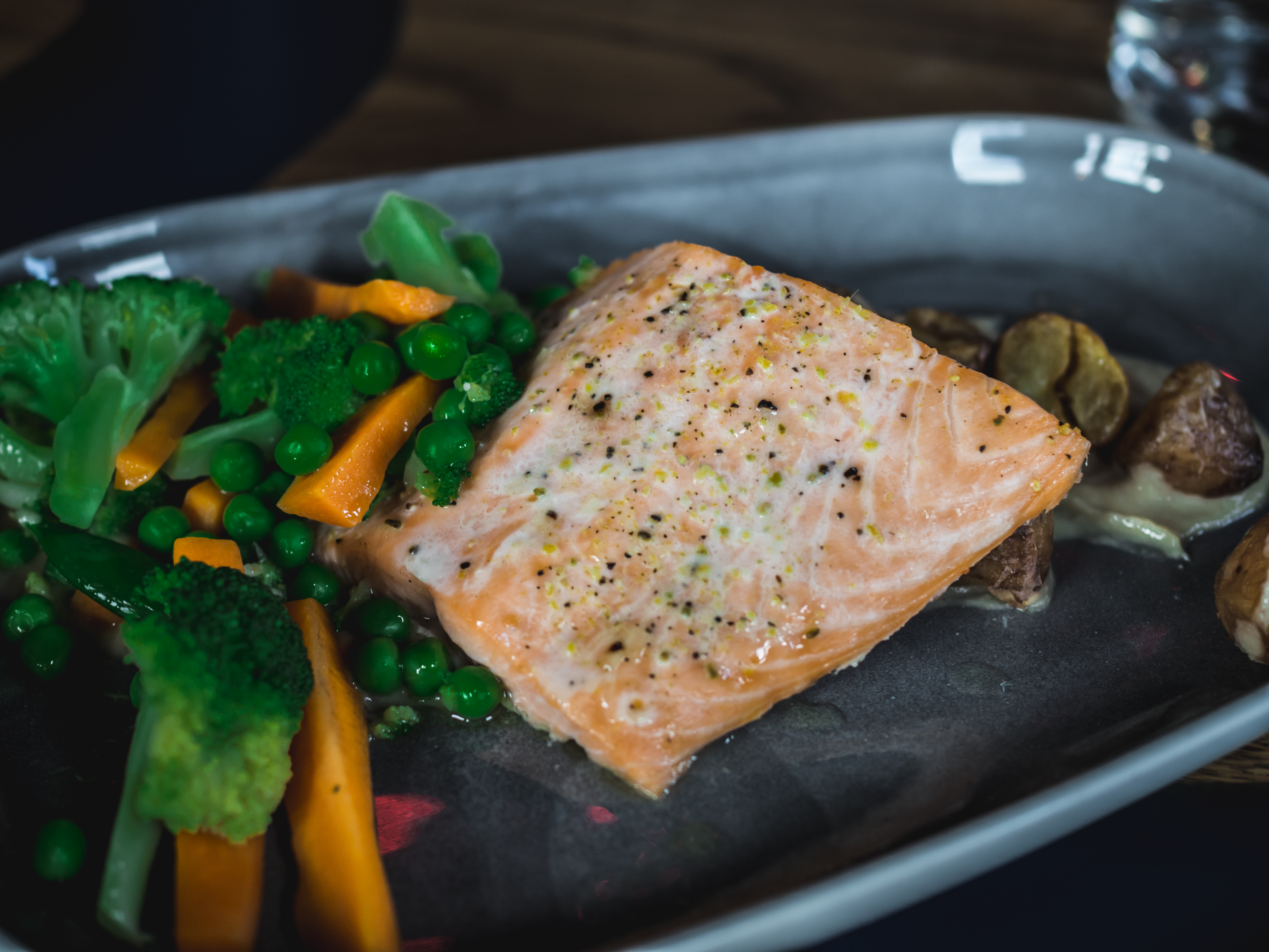
Not only does the seafood taste incredible, it’s also nutritious and beneficial to our health. Norwegian seafood is full of vitamins, minerals, high-quality protein and omega-3 fatty acids. The benefits of eating seafood include heart health, brain development, healthy vision, and cognitive health and longevity. I must have consumed more fish during this trip then I have all year and there’s no turning back now as I’ve made a personal resolution to eat more fish. The Norwegian recommendation is to eat fish two to three times a week, about 300 – 450 grams (about 10 ½ to 16 ounces), of which 200 grams (7 ounces) should be fatty fish such as salmon, trout, mackerel or herring.
Besides needing to incorporate more seafood into my diet, what I learned most of all is that the waters in Norway should never be taken for granted. Whatever approach is used in getting the seafood, there’s assurance in knowing that the transparency is high and the regulations are strict, with everything accounted for. This delicate ecosystem is in our hands. If we fail the sea, we lose out on one of natures’ most diverse and fascinating ecosystems. We also lose out on one of the most delicious food sources available. Perfection is not always attainable, but to have the protection and sustainability of our landscape at the forefront of our minds ensures a better future ahead.
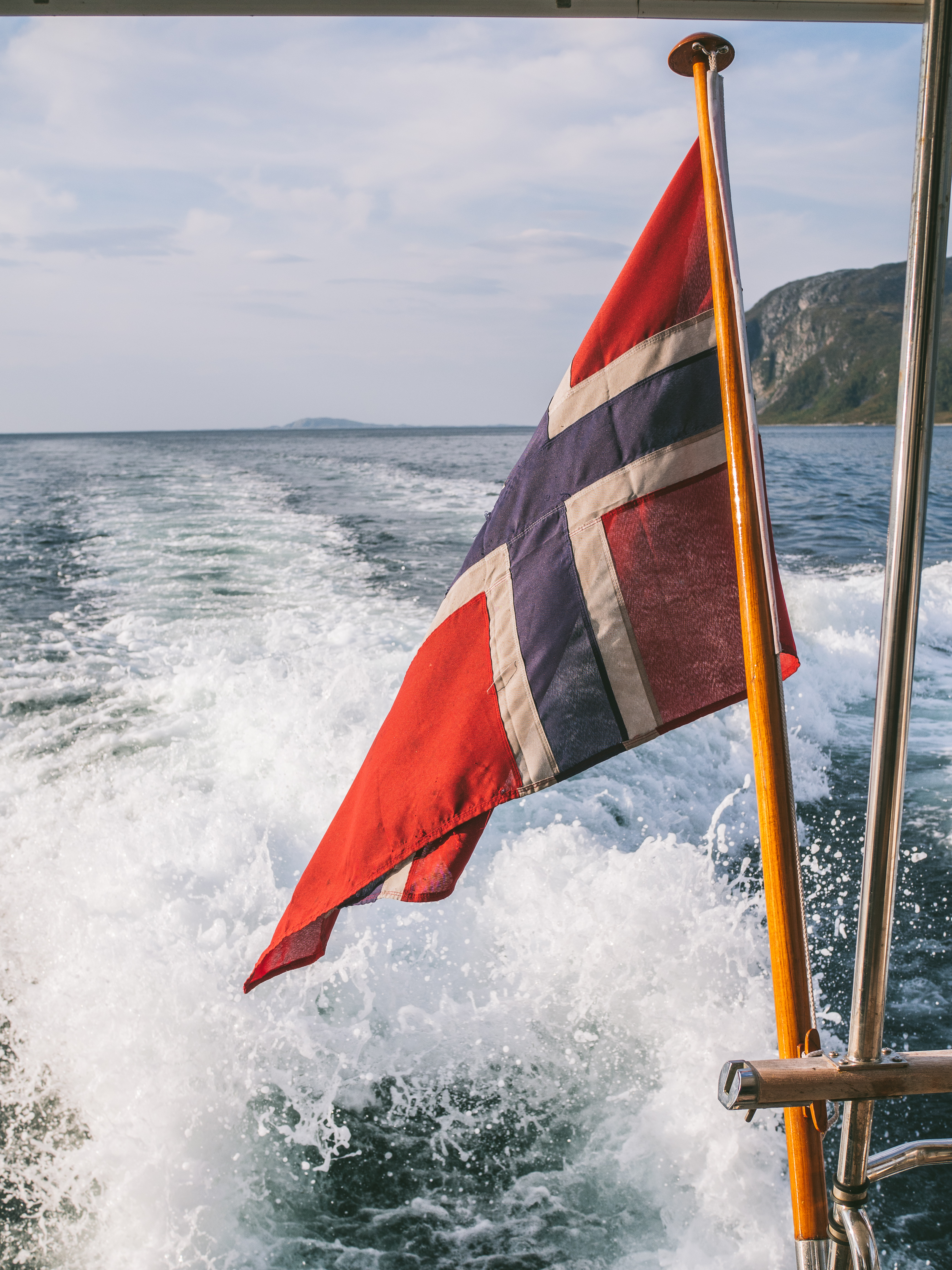
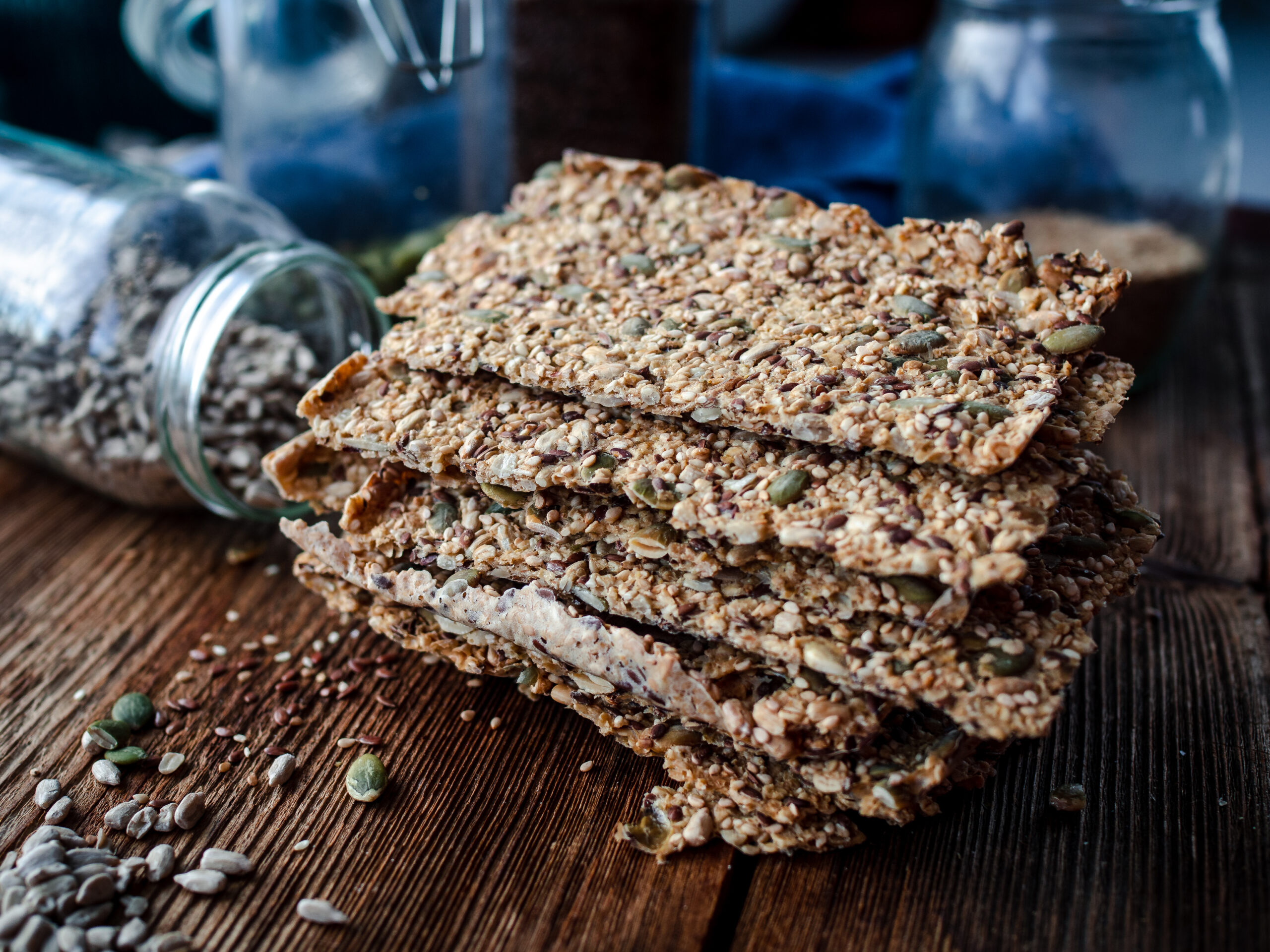
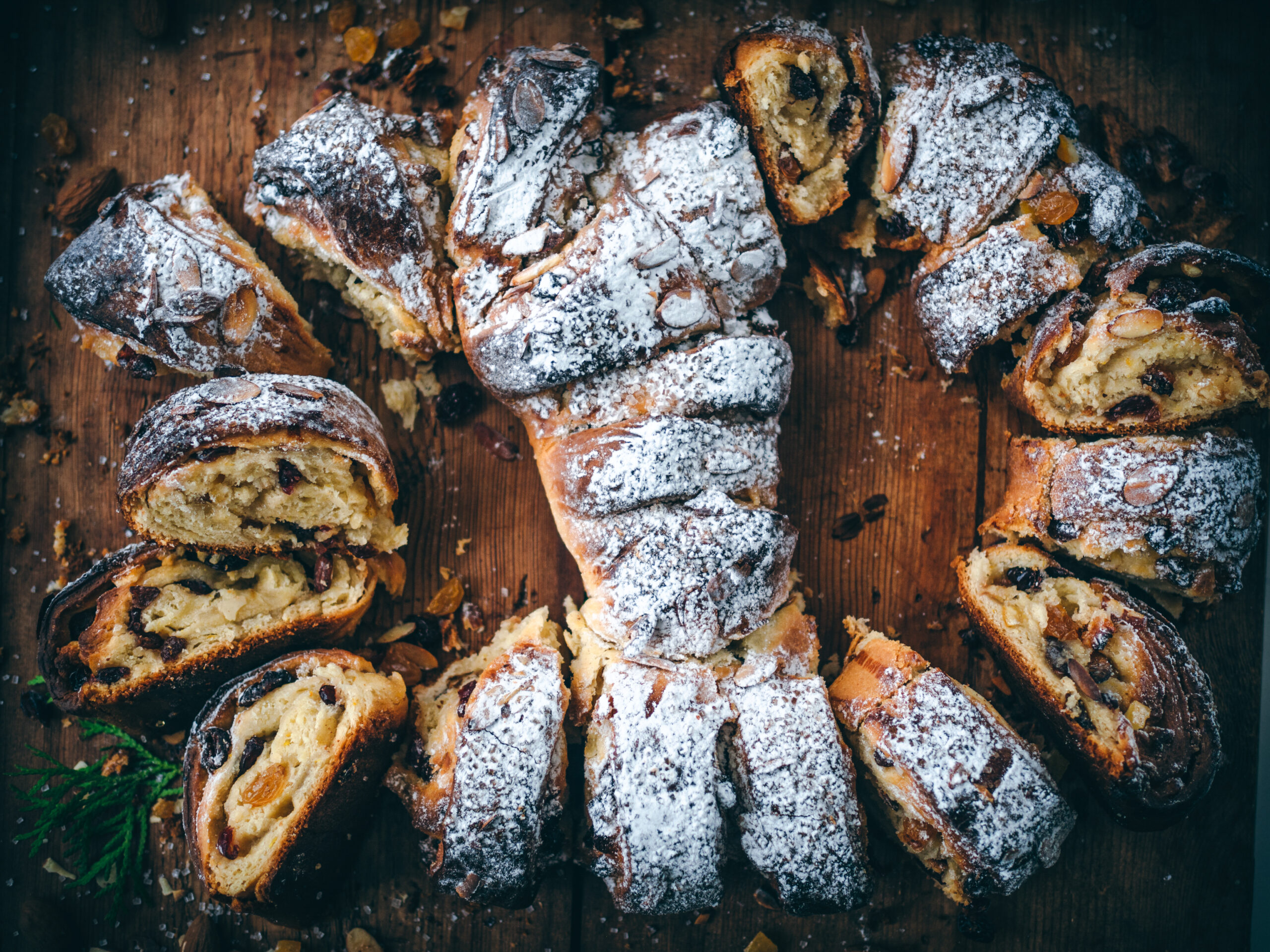
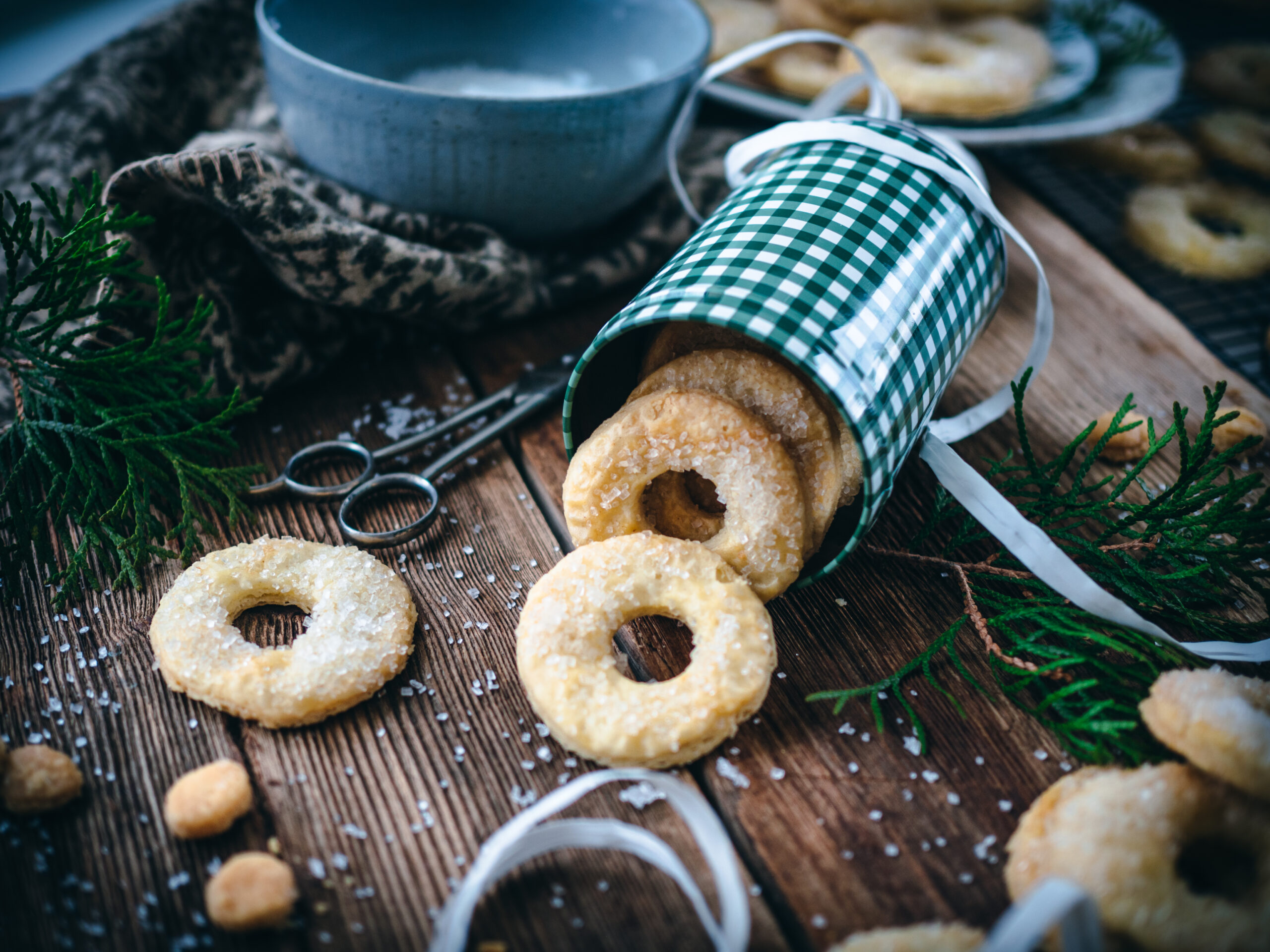
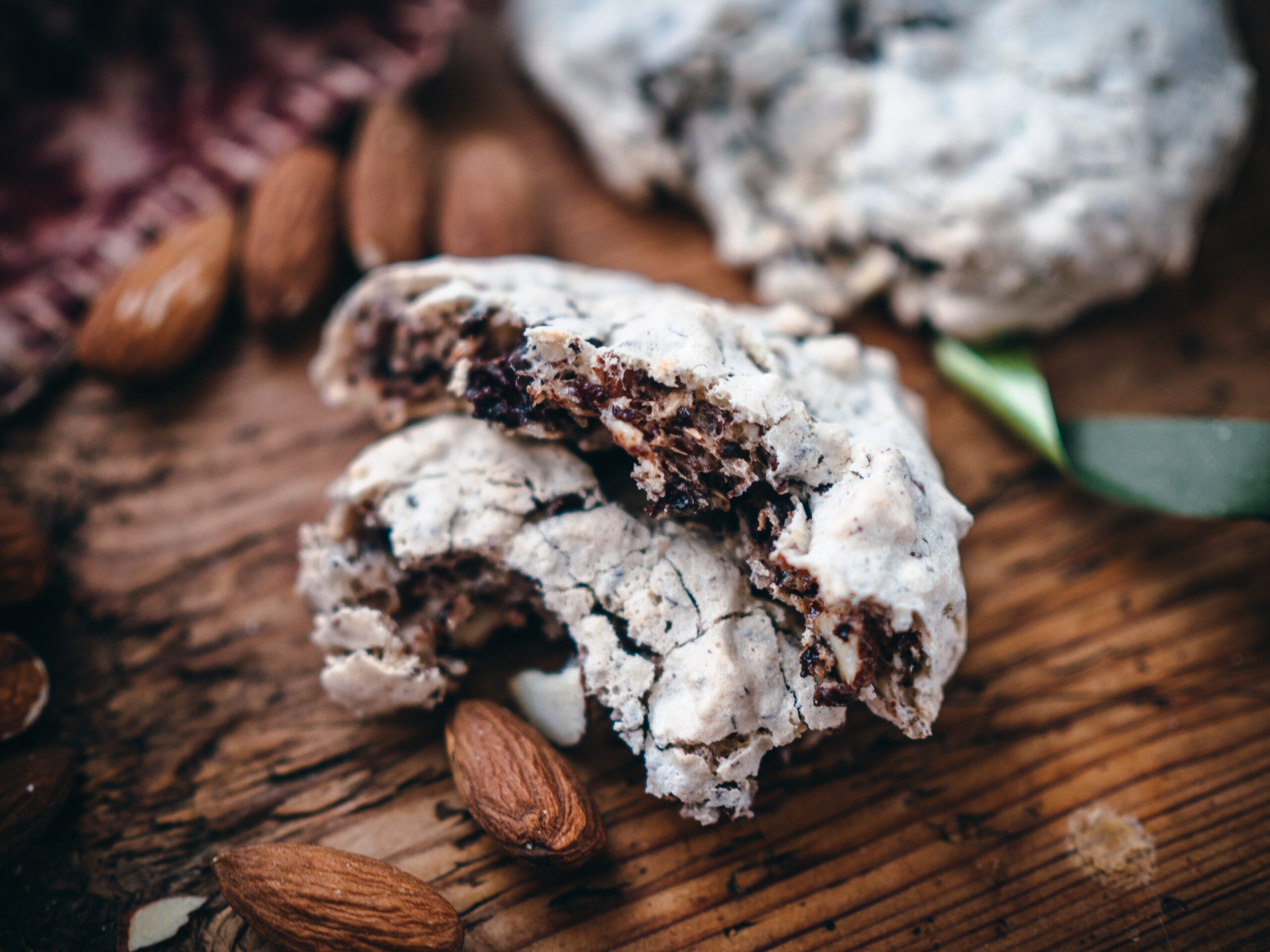

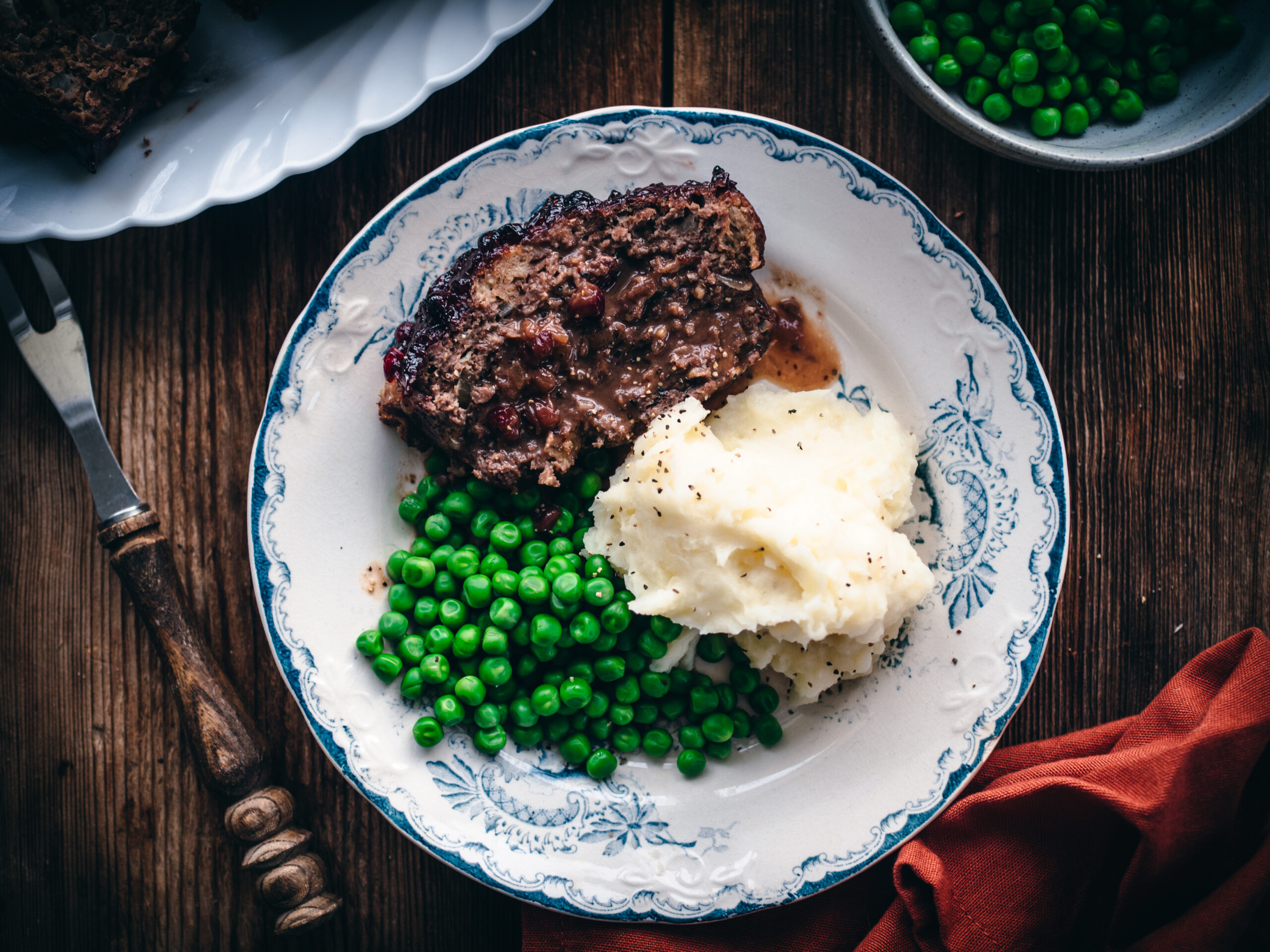
Add a comment